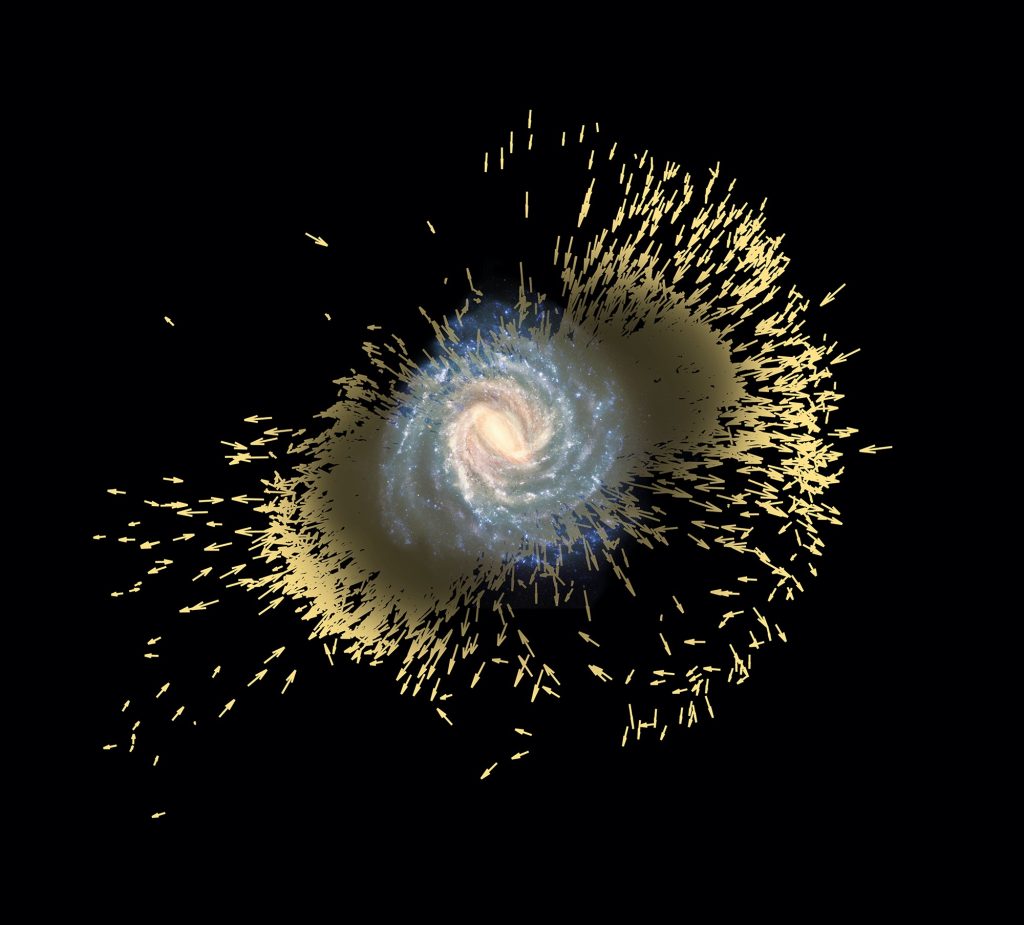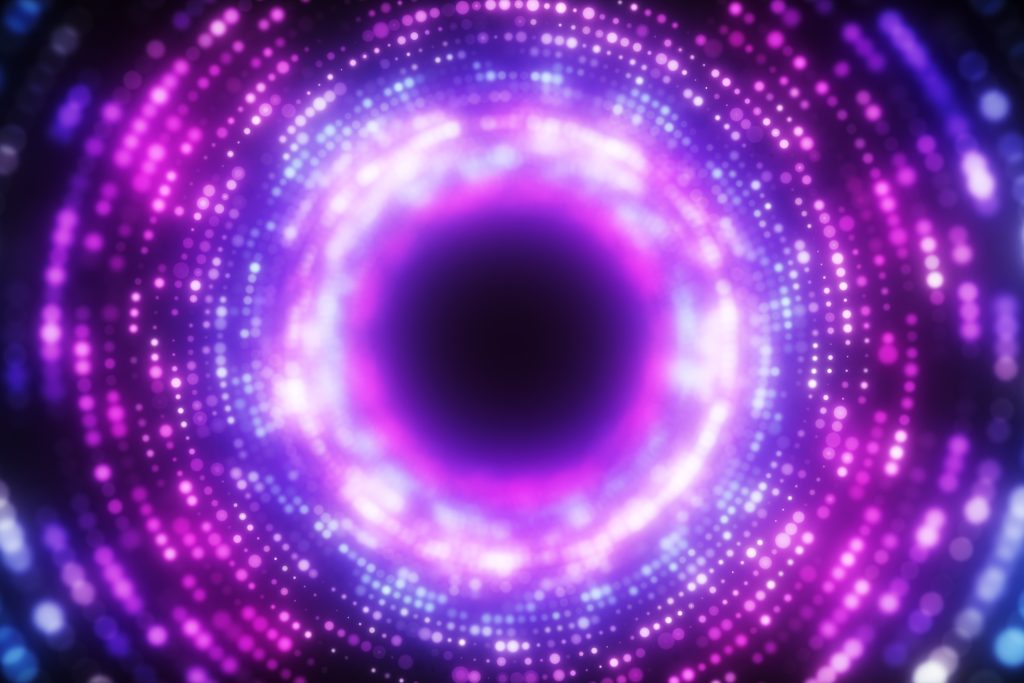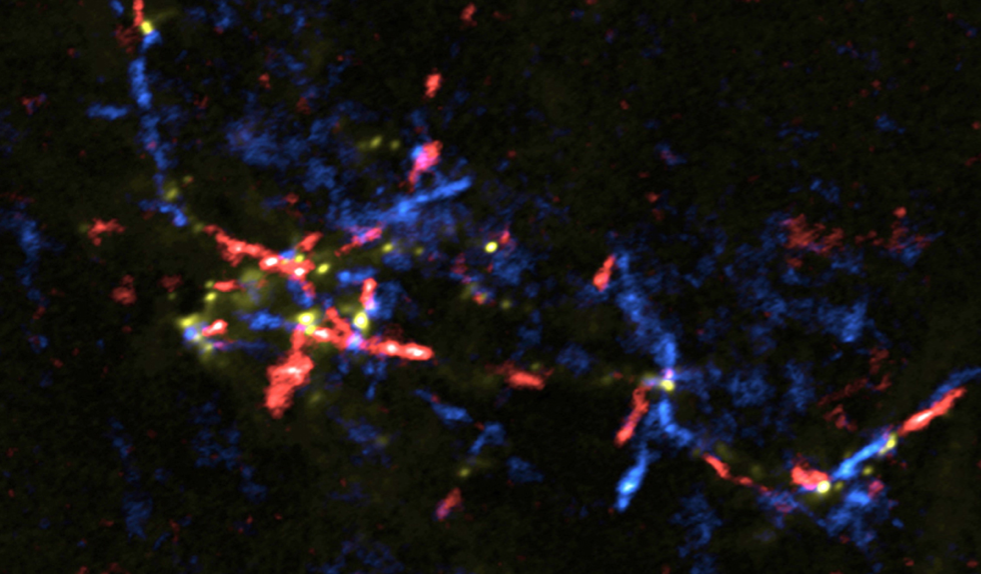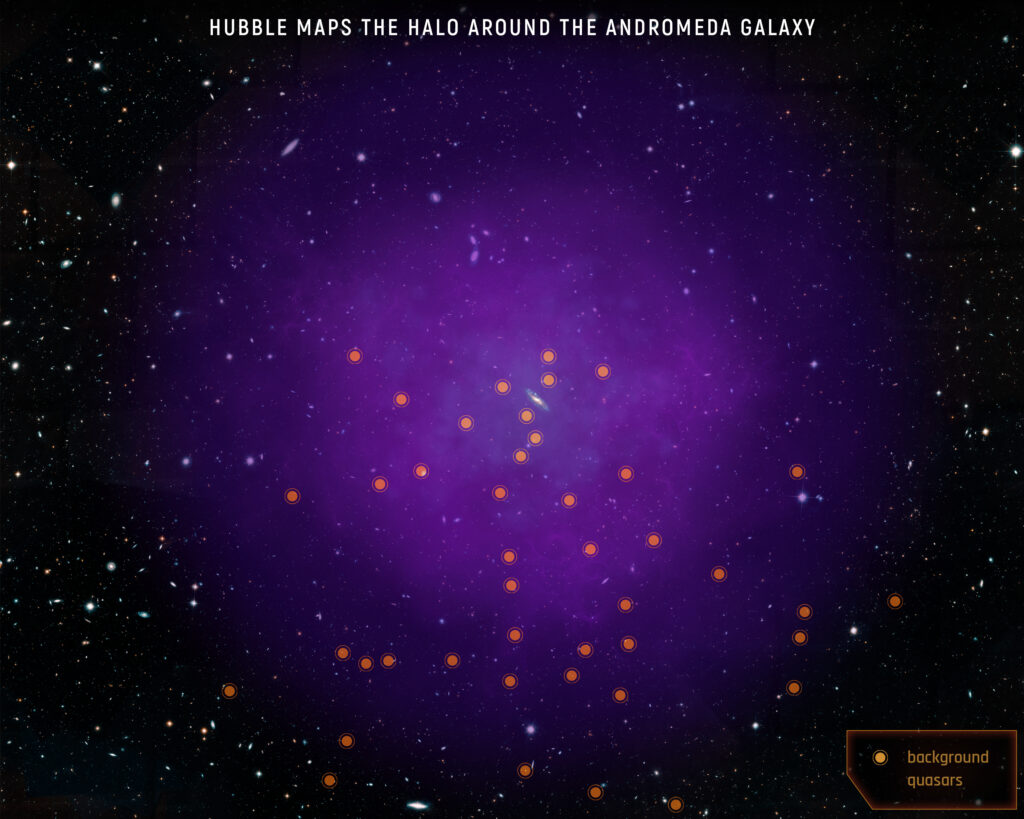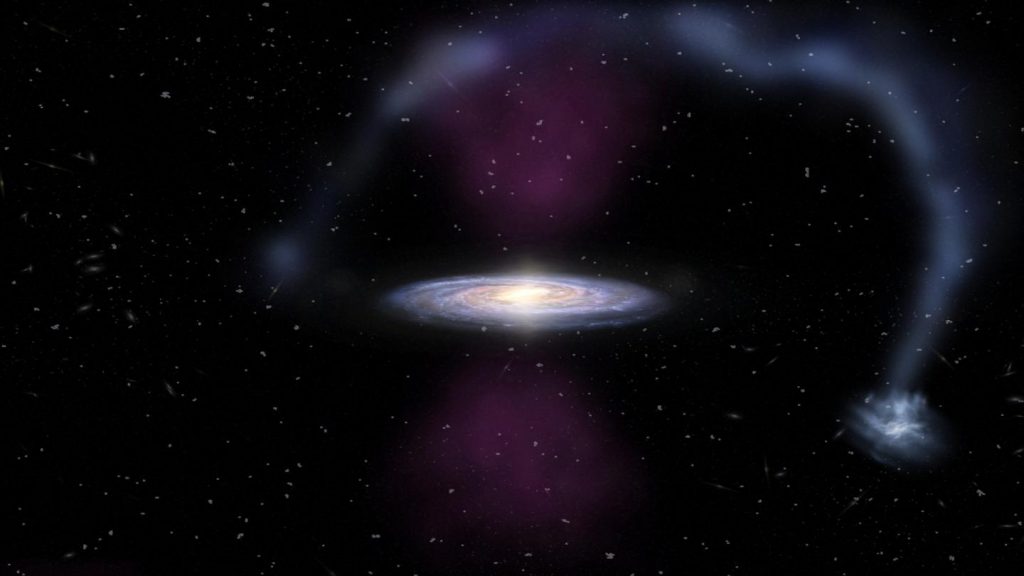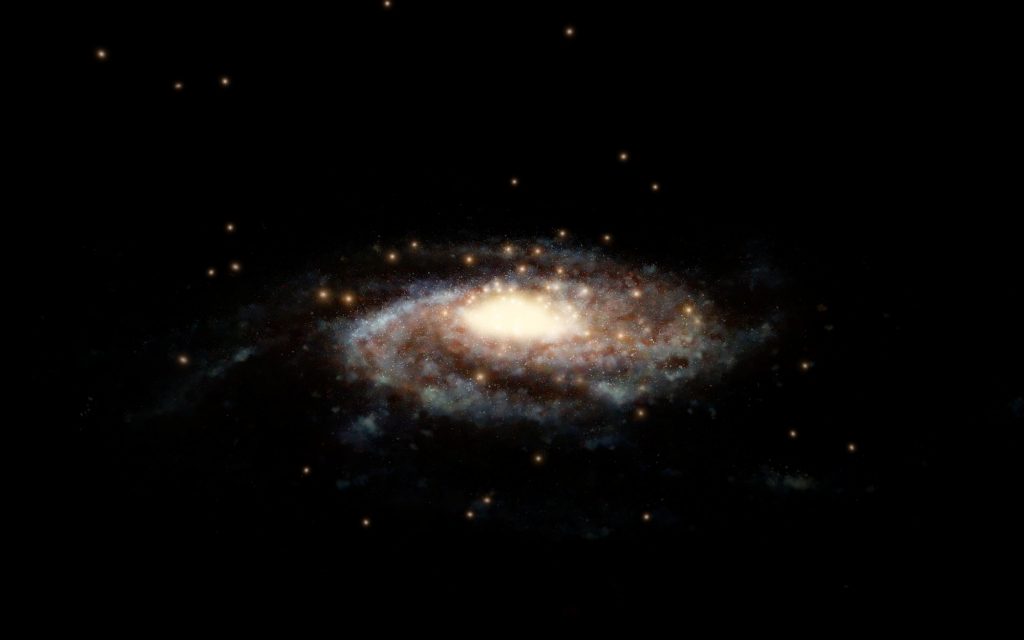How old is the Milky Way?
Our home galaxy contains up to 400 billion stars, and to cross it would take 200,000 years even at the speed of light. Such a huge object (which is rather average in cosmic comparison) does not come into being overnight. The Milky Way was actually born relatively early - at a time when the universe was still quite young. But when exactly, and how do you measure that? Quite simply, if you want to know how old a forest is, you determine the age of its trees. The stars of the Milky Way do not have annual rings, but…
